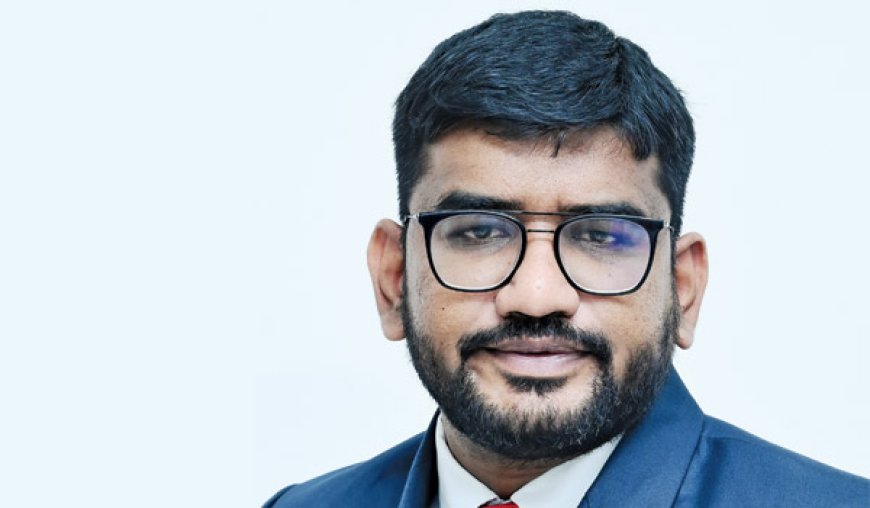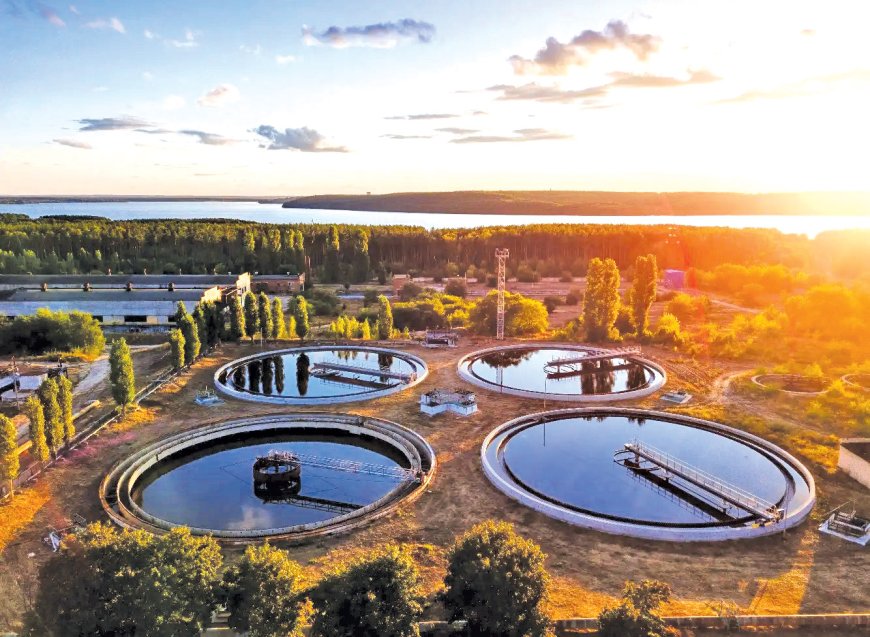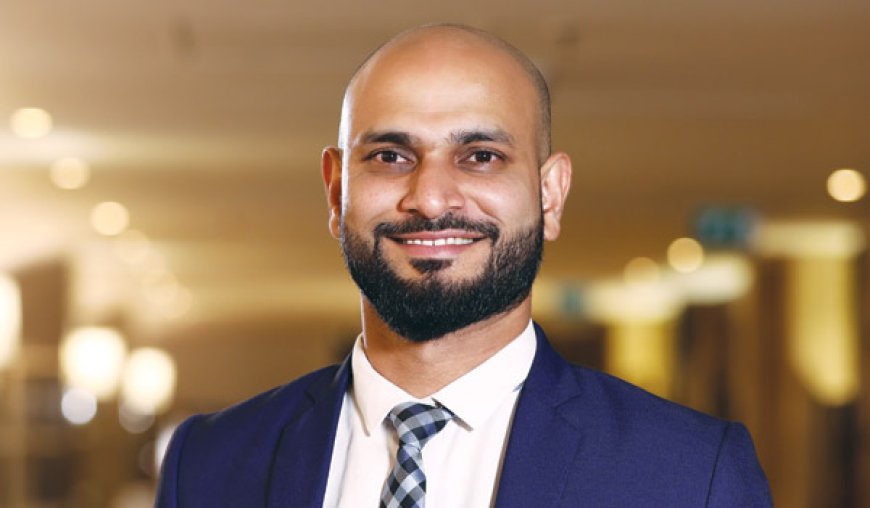RECYCLING IS THE FUTURE!

As the world’s most populous country, India is facing the challenges of depleting water resources, struggling to meet the growing needs of water. At the same time, the country is generating a large amount of municipal and industrial wastewater, which is an opportunity to recycle and reuse to meet the needs of the country. Construction Times explores how recycling can meet the future needs of the country.
Global warming has severely impacted the availability of natural water resources globally. There was a time when people could lavishly use water for their daily needs, domestic and industrial as there were many water resources with enough quantity of water available. But today, the water demand has multiplied and water resources reduced, compelling the usage of water judiciously. With growing population and developing industries, the demand for water is going to increase in the coming years. There is a need for a total reinvention of water infrastructure with a more sustainable way of handling water. The way forward is preserving natural water resources, improving water distribution system, reducing wastage of water, and the most important, recycling and reusing of wastewater.
Water – the current scenario
Emerging challenges: India's water resources are under challenge due to rapidly growing population and the high level of urbanization and industrialization. Water scarcity is a major challenge in India, affecting over 600 million people, reported by Niti Aayog. Extreme water shortages have forced some industrial units to close down due to lack of water. India's water demand-supply balance is complex and varies widely across regions. A water ministry report estimates India's water demand will rise by 34% by 2025 and 78% by 2050, creating a 30% gap between demand and replenishment.

“With over 1.5 billion people and a vast livestock population, India's water demand continues to soar, fuelled by urbanization, population growth, and economic development. Despite substantial monsoon rainfall, the uneven distribution of water and insufficient storage infrastructure has led to significant stress on water availability,” says Yogen Lal, CEO – Water, Welspun Enterprises Ltd.

“Despite hosting 18% of the global population, the country holds only 4% of the world’s water resources, making it one of the most water-stressed nations. By 2030, it is projected that water demand could outstrip supply by twofold, leading to significant economic and social repercussions. Many major cities in India are already facing severe water stress,” highlights Rohan Mittal, Head - Strategy & Business Growth, GCC, VA Tech Wabag Ltd. According to him, another critical issue is non-revenue water (NRW), where nearly 40% of the water is lost through leakages during distribution in major cities. The water distribution network in the country is still running on old pipes and systems leading to significant water loss. They need to be fixed to reduce losses and work well. Addressing this can significantly improve water availability for both domestic and industrial use.

Vishal Mehra, SBU Head – Water & Waste Solutions, Thermax Ltd, is positive about the opportunities within these challenges, as he highlights, “The situation is challenging, but the answer is there around us in the form of recycling as the solution.”
Government schemes: As the demand for water has been ever-rising, the government is aggressively pushing initiatives to ensure 24/7 water supply in more cities. Programs like AMRUT and the Jal Jeevan Mission are at the forefront, aiming to provide safe drinking water access at every doorstep across the country. All the states and the majority of urban local bodies are already implementing these projects.
In the recent Union Budget for FY 2024-25, the Ministry of Jal Shakti (MoJS) received an allocation of Rs 984 billion, marking a 2% increase year-over-year. Of this, Rs 699 billion is allocated for the Jal Jeevan Mission and National Rural Drinking Water Mission, while Rs 72 billion is earmarked for the Swachh Bharat Mission (Gramin). Additionally, the Central Government is driving urban infrastructure projects, including water supply and sewage treatment in 100 major cities, in collaboration with states and financial institutions.
Minimising waste is key

It is difficult to completely stop the wastage of water happening by various means, however, it can be minimised certainly, and should be. “To meet this challenge, India must enhance water management by improving infrastructure, increasing efficiency, adopting modern technology, optimizing treatment plants and pumping systems, and reducing water loss. Addressing these issues is crucial for sustainable development and future economic growth,” asserts Anil Sethi, Chairman, Pump Academy Pvt Ltd.
A lot of water is being wasted by indiscriminate use. Consumers, be it municipal industrial or agriculture, play a key role in this entire value chain of water supply. Their daily choices of water use directly impact water conservation efforts. “As India is on the brink of a severe water crisis in the next couple of decades due to reasons enumerated earlier, people must be aware of their role in conserving water at every level of its use. When individuals understand the severity of water scarcity, they are more likely to adopt responsible habits - like efficient water use and minimizing wastage. These informed choices will help reduce the pressure on overburdened water supply systems,” Lal elaborates.
Furthermore, consumer awareness drives community-level action, encouraging support for government initiatives aimed at securing long-term water availability. Aware consumers can contribute to sustainable water use, by embracing innovative solutions such as rainwater harvesting within the community, recycling and reuse of wastewater in industries and micro-irrigation in agriculture. Ultimately, empowering people with knowledge about water security will transform this global challenge into a shared responsibility, making sustainable water management achievable for all.
Recycling – the next big thing
India is generating a huge quantity of wastewater and this is going to increase in the coming years due to the rise in population and growth in urbanisation and industrialisation. Currently only 30 per cent of the effluents are treated while the remaining is going in the drain untreated which is hazardous to the people and environment. However, as the water need is growing and supply falling, recycling of wastewater is the way forward and it should be promoted effectively.

According to Mohammed Abdul Rahman, CEO, Sahara Industry, India needs more ways to clean and reuse wastewater to make sure there is enough water available for potable purposes. “Matching guidelines and policies are important to encourage sectors such as agriculture, horticulture and industries to use treated water instead of fresh water leading to water saving and less polluted water being disposed into water bodies. While India has made some progress with its water management, there is still a long way to go. The country needs to work on all these areas together to make sure everyone has enough clean water for the future,” he points out.
According to Sethi, water recycling and reuse are gaining significant prominence in both potable and non-potable water segments as a response to increasing water scarcity and environmental concerns. In the non-potable sector, treated wastewater is used for irrigation, industrial processes and urban landscaping, reducing the demand for freshwater. “The potable water segment is also seeing a gradual shift towards water reuse. Recently, India’s first indirect potable water reuse project with managed aquifer recharge was inaugurated in Devanahalli, Karnataka. The project produces 6,40,000 litres of potable drinking water per day benefiting thousands of residents in the Devanahalli municipality,” he adds.

Seawater desalination is another major technology to help meet the growing needs of water, especially in coastal regions. Recently India has seen a lot of industrial developments in the coastal regions. According to Mehra, a lot of pharmaceutical plants are coming up in the coastal belts. Also, there is a lot of investments coming up in the semiconductor industry, which is also a water guzzler. The major source of water for these industries is seawater through desalination. “Thermax has technologies available that convert seawater into the first level of industrial water and then refine it to potable water for drinking and industrial applications. Many of the coastal areas are becoming industrial hubs and will become the future cities of India,” he adds.
WABAG is a major player in seawater desalination space and has set up plants in India and globally. In the desalination space, WABAG ranks as the 5th largest desalination company globally. “Among our marquee projects is the 400 MLD SWRO plant in Chennai, set to be the largest desalination facility in South East Asia. Our 110 MLD Nemmeli Desalination Plant, also in Chennai, is one of India’s largest municipal desalination facilities for potable use, delivering reliable drinking water to over 10 lakh residents in Chennai,” adds Mittal.
Solid waste recycling
India is among the world’s top 10 countries generating municipal solid waste (MSW). According to a report by The Energy and Resources Institute (TERI), India generates over 62 million tons (MT) of waste in a year. Only 43 MT of total waste generated gets collected, with 12 MT being treated before disposal, and the remaining 31 MT simply discarded in wasteyards. Inadequate waste collection, transport, treatment, and disposal have become major causes for environmental and public health concerns in the country. The solid waste management sector in India is expected to witness significant growth in the coming years, driven by factors such as increasing urbanization, rising awareness of waste management, and growing investments in waste management infrastructure.

Construction and demolition (C&D) waste segment is also showing a significant transformation with recycling of C&D waste gaining momentum. Instead of going to landfill, these waste materials are being recycled to use again in construction applications. However, the overall solid waste management system in the country still needs to gain steam. “Bottlenecks such as inadequate infrastructure, lack of public awareness, and regulatory challenges persist. The way forward involves enhancing waste segregation at source, investing in better waste processing technologies, and increasing public-private partnerships. Here, IFAT India plays a crucial role in facilitating discussions around these challenges and showcasing innovative solutions that can help overcome them,” says Robin Fernandes, Business Unit Head - Capital Goods, Messe Muenchen India Pvt Ltd.
Recycling – the future
Waste is no more a waste today, but is a wealth that can transform the world. As we are reeling under the pressure of demand-supply gap of many things, especially water, construction aggregates and energy, recycling and reusing of wastes will create far-reaching impacts on the currently stressed segments such as water.







